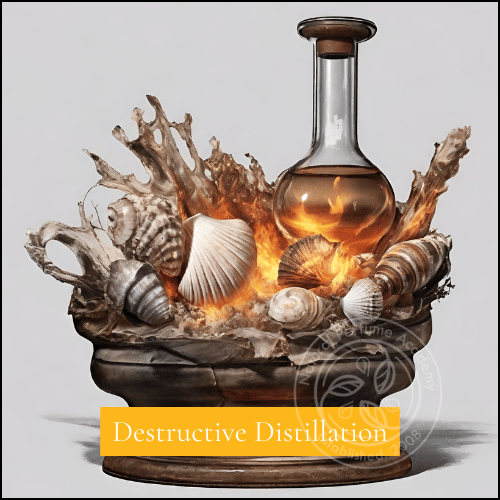Natural Perfume Academy Main Glossary

Welcome to the Natural Perfumery Glossary
The Natural Perfumery Glossary is a comprehensive public resource designed for all natural perfumers, whether you're a seasoned professional or just beginning your journey. This glossary serves as an educational tool, offering detailed definitions and insights into a wide range of natural perfume materials and terms.
Our entries cover various aspects crucial to the art and science of natural perfumery, including:
- Description and Characteristics: Detailed profiles of natural ingredients, including their origins, extraction methods, and unique olfactory qualities.
- Blending Suggestions: Insights into what other materials a particular ingredient pairs well with, helping you create harmonious and well-rounded compositions.
- Usage and Applications: Practical advice on how to incorporate each ingredient into your perfume creations.
- Safety and Regulatory Issues: Important information on the safe use of materials, including any relevant regulatory considerations.
At the Natural Perfume Academy, we are committed to fostering a deep understanding of natural perfumery through education and certification. Our glossary is a testament to this commitment, providing a valuable reference to support your ongoing learning and mastery of natural perfume making. Explore the glossary to enhance your knowledge and craft exquisite, all-natural fragrances with confidence.
Special | A | B | C | D | E | F | G | H | I | J | K | L | M | N | O | P | Q | R | S | T | U | V | W | X | Y | Z | ALL
D |
|---|
Distillate | ||
Distillation | ||
Dry DownTitle: Dry Down:The final stage of a perfume’s development on the skin, where the base or bottom notes become most prominent and enduring. This phase occurs after the initial top notes have evaporated and the heart notes have mellowed. In natural perfumery, dry down reveals the deep, rich scents derived from materials like resins, woods, and musks, which are known for their longevity and stability. These base notes provide the lasting impression of the fragrance, creating a signature scent that can linger for hours. The art of crafting a well-balanced dry down is crucial for natural perfumers, as it ensures the perfume evolves beautifully over time, maintaining its complexity and allure. | ||




